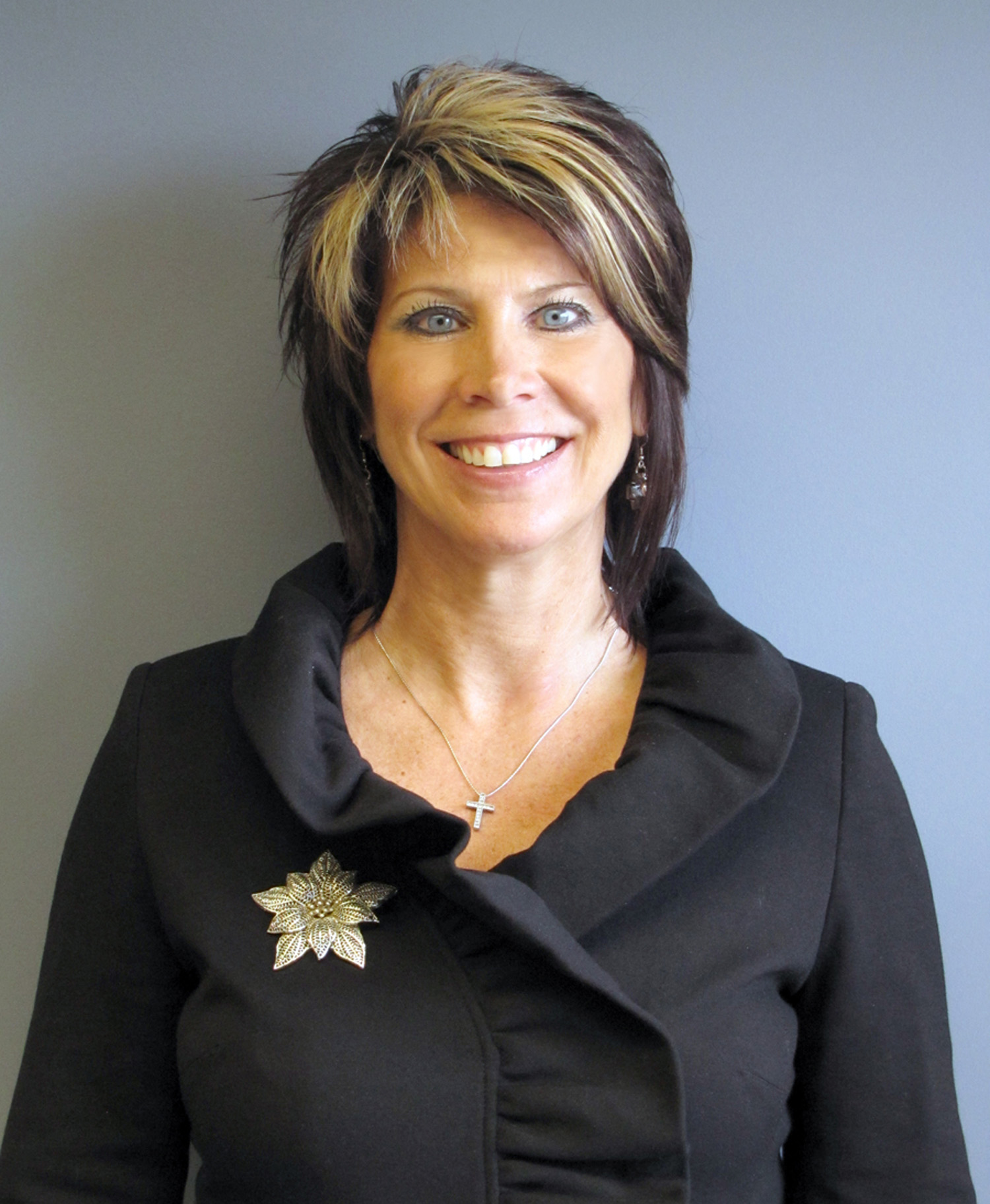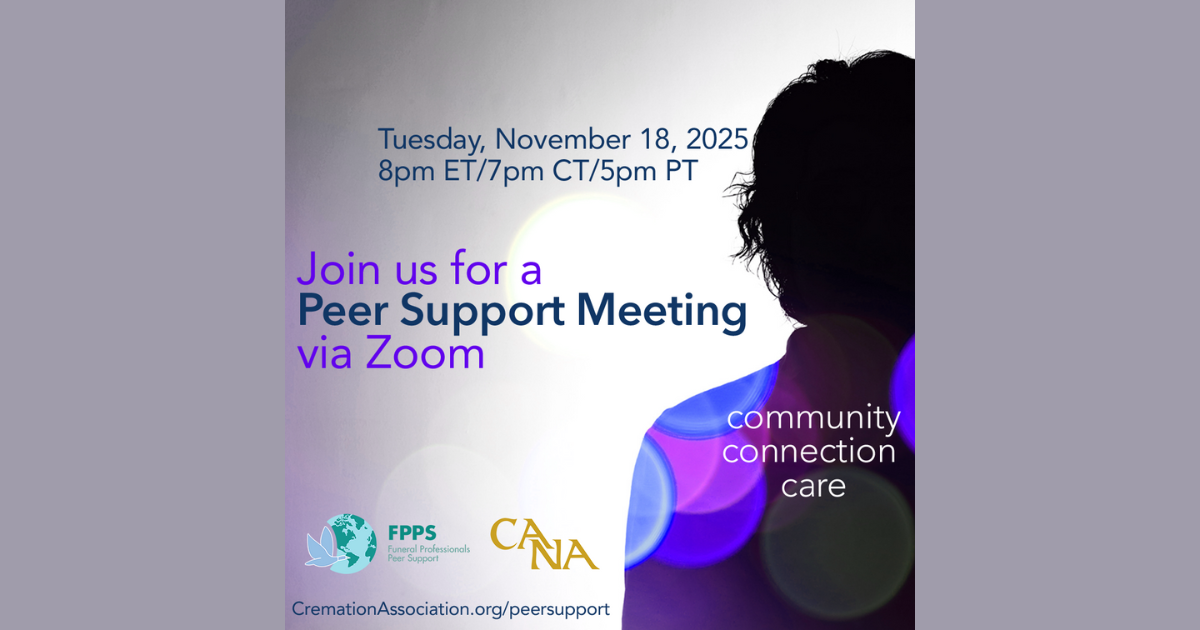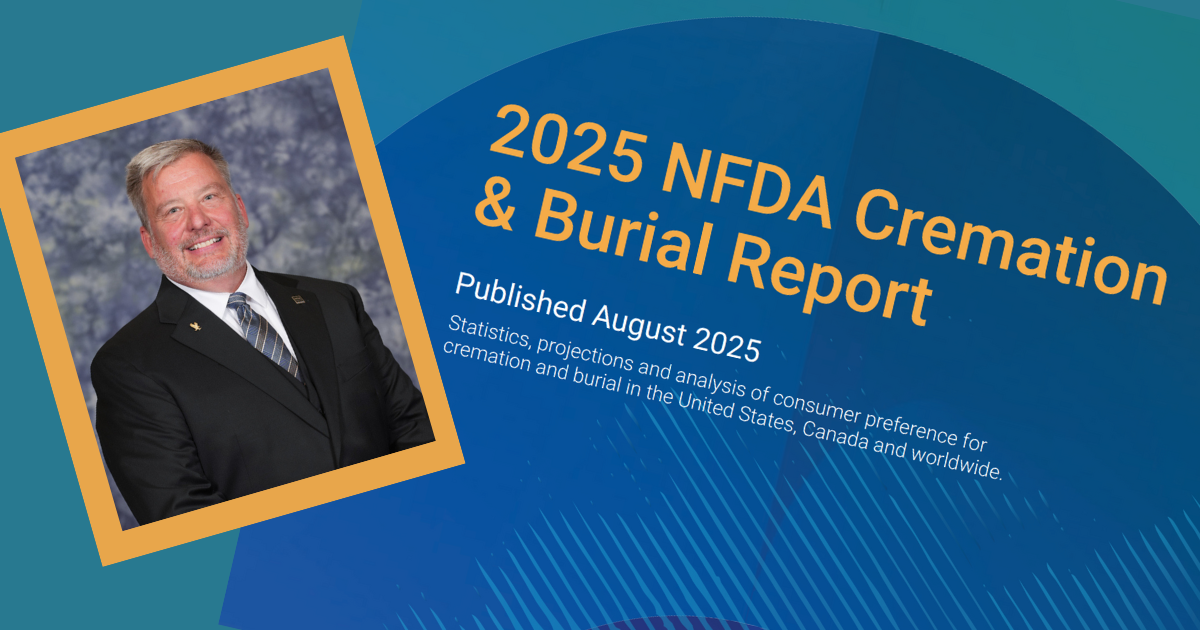The Changing Faces of the Funeral Industry
This article was originally posted on MySendoff.com and reposted here with permission.
In the last decade the funeral industry has been undergoing some dramatic changes, particularly with the growth of female funeral professionals spearheading heightened awareness in personalized funerals, emerging technologies and the funeral industry’s accelerating change. Mysendoff.com introduces Linda Darby-Sempsrott as an excellent example of the growing influence women are bringing to the industry. Read more to learn how this progressive influence is shaping the future of funerals.
Prior to the formalization of the funeral industry in the mid-19th century, very little documentation had been kept in regard to the care of the dead and while the history of undertaking as portrayed in early funeral industry trade journals is a history in which men were the precursors of the modern-day funeral director, it was women who were the original entrepreneurs called upon to prepare and anoint the bodies of the deceased.
But something happened during the mid-19th century that changed all that. It was the commercialization of that dreaded task of death that soon required professional undertaking and it was known as the funeral industry. Mortuary science became formalized; a skilled trade that required an education in biology, chemistry and anatomy, and it was assumed by trades’ professionals, composed of men.
Once, long ago, women made up a small majority in comparison to a large majority of men working within the industry. But today, roughly 57% of new enrolments within mortuary schools are women, with 1605 women enrolling as opposed to the 1219 men who enrolled in 2010.
So, what was it that changed during the course of half a century?

Linda Darby-Sempsrott of Sunset Funeral Homes offered her answer that “Women are the planners – not that I’m trying to sound gender specific, but it is a little bit. In many households, the women are the ones who plan the birthday parties; they’re the ones who plan the events; they’re the ones who do the core meetings of these things. It’s what we do, it’s who we are, it’s what we enjoy – it’s how we connect and I think the connecting piece in the funeral services is somewhat missing.
“We’ve allowed ourselves (the funeral service) to become a transaction. Funeral services are one of the most personal things that you can do in your life. There has to be a heart connection in order for it to be fulfilled helpfully. Women understand and women get that because we’re more connected in that way – and I’m not saying men can’t be. I know many great male funeral directors, but sometimes they want to fix it and you can’t fix grief, you have to allow it to take place naturally.”
So, with funerals in an evolutionary state of flux, from their beginnings as in-home family arranged affairs to the independently owned family funeral homes, the death-care industry has been in a steady stream of constant motion. With Baby Boomers streamlining the change through enshrining self-esteem, along with their increased due diligence of do-it-yourself funerals and exuberant celebrations that reflect upon a life lived rather than a life to mourn, combined with the Me Generation’s increased sense of entitlement, dream-the-impossible-dream and more direct personality, 20 years from now, funerals aren’t going to be what they once were.
In fact, Darby-Sempsrott believes the sky’s the limit. “We’re all unique in our own way and each life celebration should be unique to each individual. I don’t think each funeral should be the same.”
For Darby-Sempsrott, she’s been a trailblazer in the field of funerary celebrations. With a roster that has seen her actively involved in numerous de facto organizations, promoting memorialization and aiding in the continuous growth of women in the industry, Darby-Sempsrott has served on the Board of the Illinois Cemetery Association, the Board of the Arizona Funeral Directors Association; has sat on the Illinois State’s Comptroller’s Cemetery Advisory Board for two years; co-chaired the Women in Funeral Service Scholarship program for the International Cemetery, Cremation and Funeral Association (ICCFA) and is also the CEO of Trigard Vaults/Greenwood Plastics, and along with her siblings, co-owner of six funeral homes and a memorial park.
Even with an impressive list of achievements, Darby-Sempsrott found her introduction into the funerary industry a smooth transition. Since 1960, the Sunset Memorial Park in Danville, Illinois had been a family owned cemetery, purchased when Darby-Sempsrott’s father was 22-years-old, and like many family owned funeral practitioners, Darby-Sempsrott grew up with the presence of death and the vulnerability of mortality. Upon graduating from Illinois State University in ’84, she began her career within the industry.
“When I graduated from college, I saw a niche that I could fill,” Darby-Sempsrott said. “I believe that we can impact our world greatly by what we do for a living, so that’s always drawn me to it. (But) I noticed that sometimes we don’t try very hard. There’s so much more to what we could be doing to celebrate people’s lives and what we’ve done in our pasts. It’s always been a passion with my family – to raise the bar in funeral services; to give people what they really want and what they really need.”
To this extent, Darby-Sempsrott is talking about personalizations and how, beneath the veneer of stability, the funeral industry is undergoing a rapid change, and that change is the exit of a great generation – the Baby Boomers. With the first of America’s 70 million or so Baby Boomers well on their way to reaching 65 years, it means a great majority of people heading into their golden years. And as Baby Boomers reach that age when it’s prudent to plan funerals for loved ones, as well as themselves, their expectations are changing also.
This shouldn’t come as a surprise when reflecting upon the Boomer Generation. They changed the way we looked at love, sex and work, so there really isn’t an exception when it comes to death. Just as they’ve built a life out of taking the path less travelled, the Boomers aren’t going to settle with just any ordinary, cookie-cutter funeral. In fact, they’ve already shown an inclination to leading the way and pushing for more personalized and creative memorial services.
Darby-Sempsrott recognizes this change. While she’s seen her share of personalized funerals, she also feels that there could be more. But the problem with personalized funerals, is that many people still aren’t aware that funeral homes are more than willing to accommodate the bereaved with what they may want.
“I spoke to a lady,” Darby-Sempsrott said. “And this is really sad because she didn’t go to a funeral home because she didn’t think a funeral home would do it – but she told me her family had a funeral on a yacht. How unique is that? So I asked her, which funeral home she used and she said, ‘I didn’t even know a funeral home could do that.’ Broke my heart – how sad is that, that this woman didn’t think a funeral home would do that for her. Low and behold, a huge red flag for me and for our industry – we need to get that message out there that we’ll do it (personalized funerals).
“We need to be listening to and educating (people) so that they can make a good and informed decision. I don’t think we’ve done a good enough job of that, so I would like to see that change. At the time of a death, it really is hard for family members and friends to be really, really creative. So if we stop and ask a few questions ahead of time, even if you put it in your back pocket for a while, until you have an opportunity to think about – you’re allowed to be more creative (with it) ahead of time.”
With a lack of awareness outside the funeral industry in promoting celebrations that recognize a life – a life celebration that promotes more personalized memorialization – being the crutch of the funeral industry, Darby-Sempsrott firmly asserts, “(Personalized funerals) gets us out from the back of the chapels and into the front of the chapels and says, ‘Hey! You lived a life and you impacted people along the away, or I hope that I did in some way, shape and form – and I hope I made enough of a difference in your life for you to come and celebrate me.”
This may be progressive thinking on Darby-Sempsrott’s part, but it really is something she attributes to her out-of-the-box rationale. For Darby-Sempsrott, personalization has a place in the grieving process that she believes helps. To adapt to these changing perceptions, even Trigard Vaults/Greenwood Plastics have taken to personalizing their burial vaults with a celebratory ceremony known as The Healing Tree.
“The Healing Tree is an interactive burial vault,” Darby-Sempsrott said. “One of the things that we’ve noticed is being at the gravesite is probably one of the hardest times, because it is at that time that you’re no longer with your loved one, and that your loved one is no longer going to be within your sight. What we wanted to do was create a ceremony at the gravesite that would allow family members the ability to take something away with them.”
Despite Trigards’ efforts in raising the awareness of personalized funerals, Darby-Sempsrott believes it’ll still be a grassroots effort to garner acceptance, but she remains firmly confident it will only grow in popularity.
“We really don’t have a great spokesperson representing us.” Darby-Sempsrott admits. “It would be helpful if there was someone out there leading our charge, saying what we do for a living is so important. I don’t want our generation (of funeral professionals) to be lost because we didn’t do what we needed to do in order to keep the industry and the memories alive. We need to get out from behind the chapels and get out in front of the people, and have the hard conversation that we have to have in order to get people talking about personalization.”
In spite of negative perceptions that the funeral industry may have gotten from the world at large, Darby-Sempsrott maintains, “When someone says, ‘Oh my gosh, your a funeral director?’ I say, yeah, I am – I get to help people heal.”




